


The journey of Trade Winds to Success is a story of vision, resilience, and impact. It began in the late 1990s as a series of discussions to address Alberta’s need for skilled tradespeople while creating opportunities for Indigenous communities. These conversations took root, growing into an ambitious training project to prepare Indigenous Albertans for careers—not just jobs—in the skilled trades. Formally established in 2005, Trade Winds to Success has since been transforming lives and supporting Alberta’s economy in profound ways.
A Growing Program: From Small Beginnings to Major Milestones
Trade Winds to Success started with modest training offerings in just a few trades. Today, the program has expanded to include training in ten construction trades, helping Indigenous students build skills that lead to high-paying, stable careers. This growth didn’t happen overnight; it’s been a process of adaptation and innovation, supported by partnerships and a commitment to addressing systemic barriers.
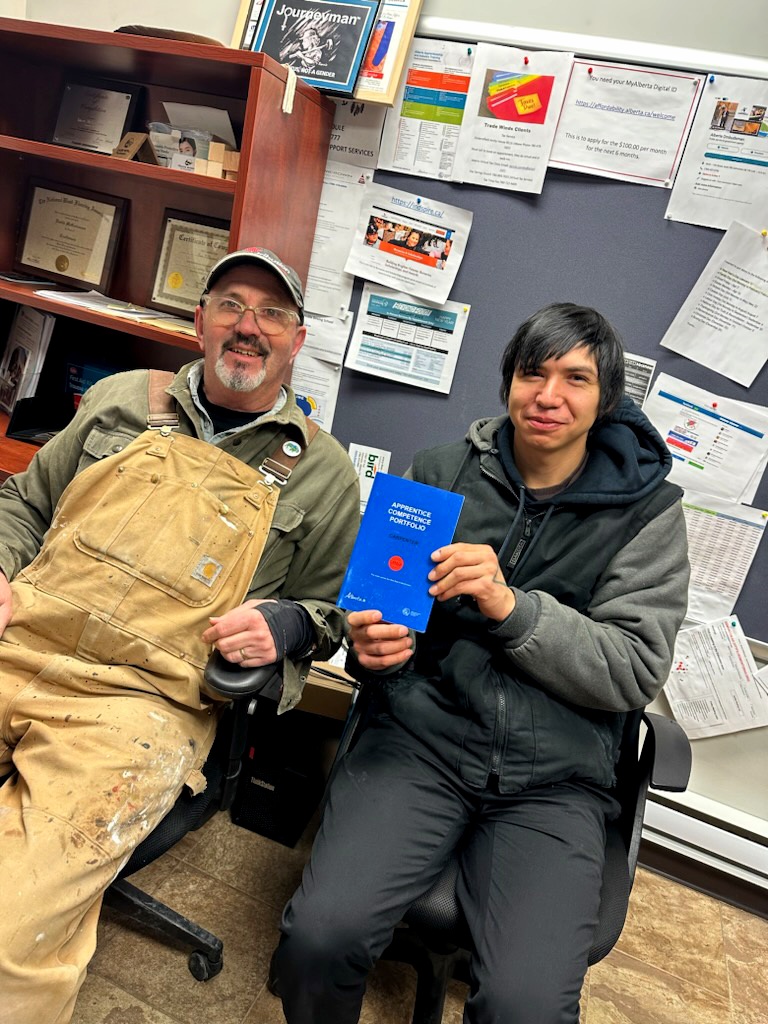

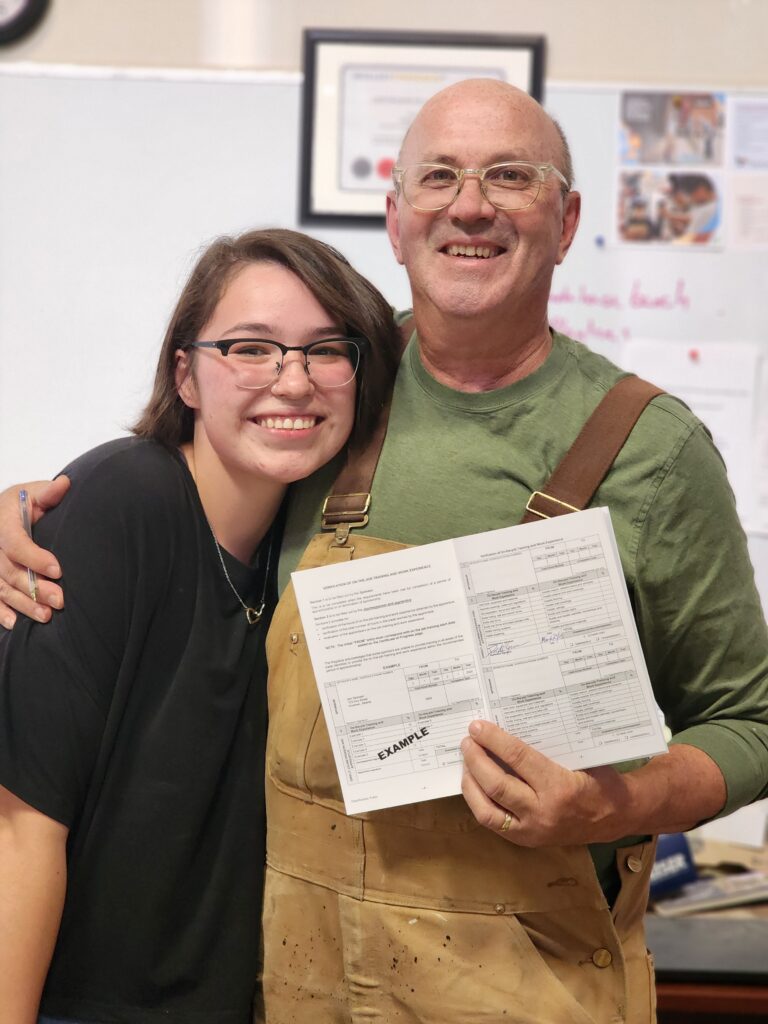
Holistic Training Approach
One of the core values at Trade Winds is to “train the whole person.” Understanding the unique challenges faced by Indigenous students, Trade Winds provides comprehensive support to help students overcome barriers to employment. This includes cultural supports, life skills, and wraparound services to empower students on their journey to success.
Partnerships with Industry
When federal funding came to an end, Trade Winds didn’t falter; instead, it leveraged partnerships with private industry to keep its doors open. Companies like ConocoPhillips Canada, Enbridge Northern Gateway, Shell Canada, and E&P stepped in to lend their support, recognizing the vital role Trade Winds plays in developing Alberta’s workforce and building capacity in Indigenous communities.
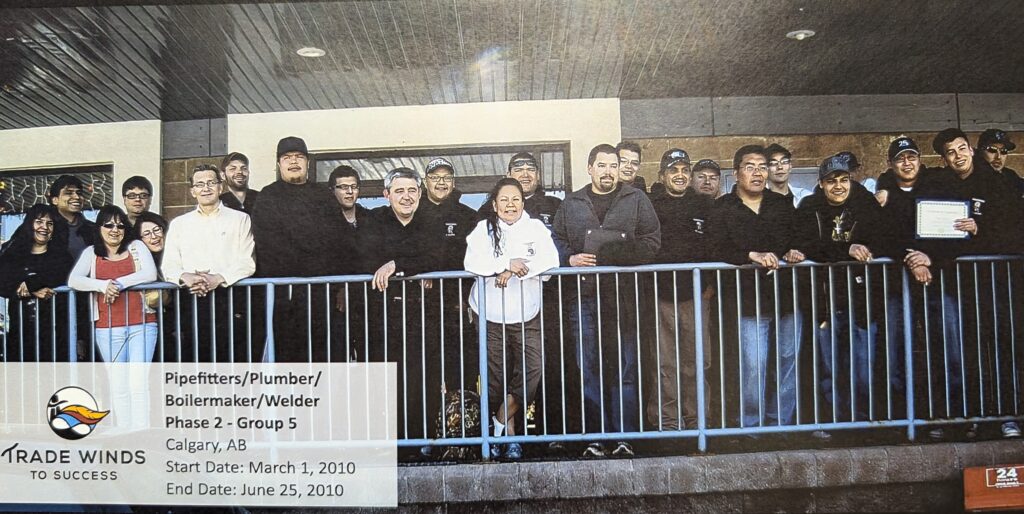
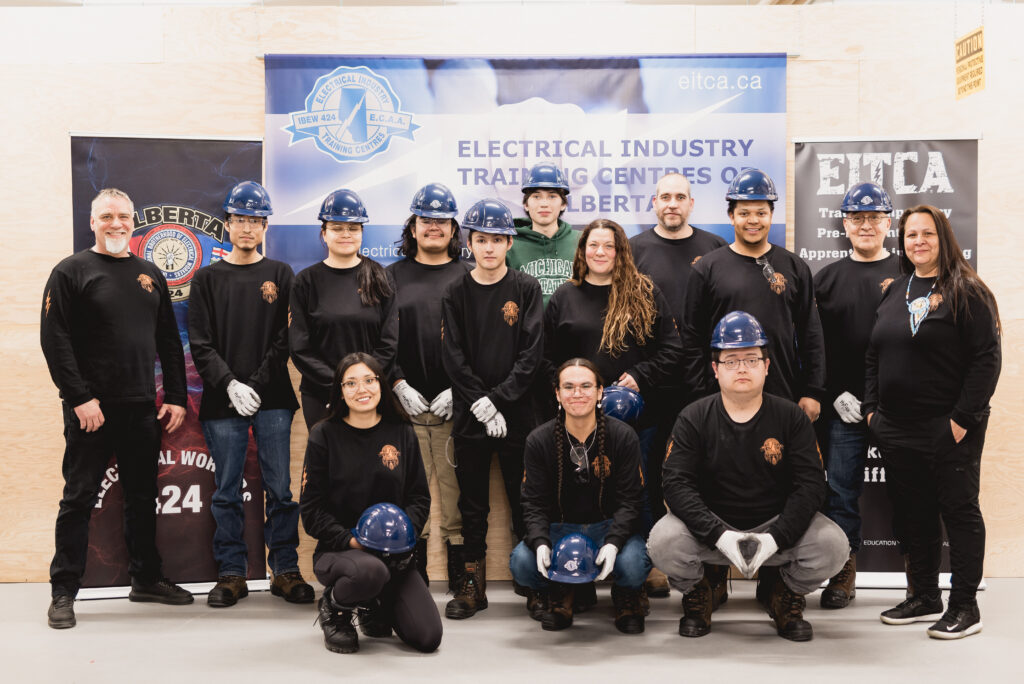
Improved Employment Outcomes
The impact of Trade Winds’ approach is evident in its employment outcomes. In 2019, the employment rate for Trade Winds graduates increased from 31% to 61% following the introduction of a three-week Career Skills Development component. This course equips students with essential skills in resume writing, interview techniques, and employer outreach, preparing them to thrive in today’s job market.
Perseverance Through the Pandemic
The COVID-19 pandemic posed challenges, but Trade Winds continued to innovate and adapt. In 2020-21, despite the hurdles, 128 students enrolled, 91 completed the program, and 45 found employment. During this time, Trade Winds launched its first all-women cohort in John D’Or Prairie, where students braved shutdowns and weather challenges to build a tiny home for their community.
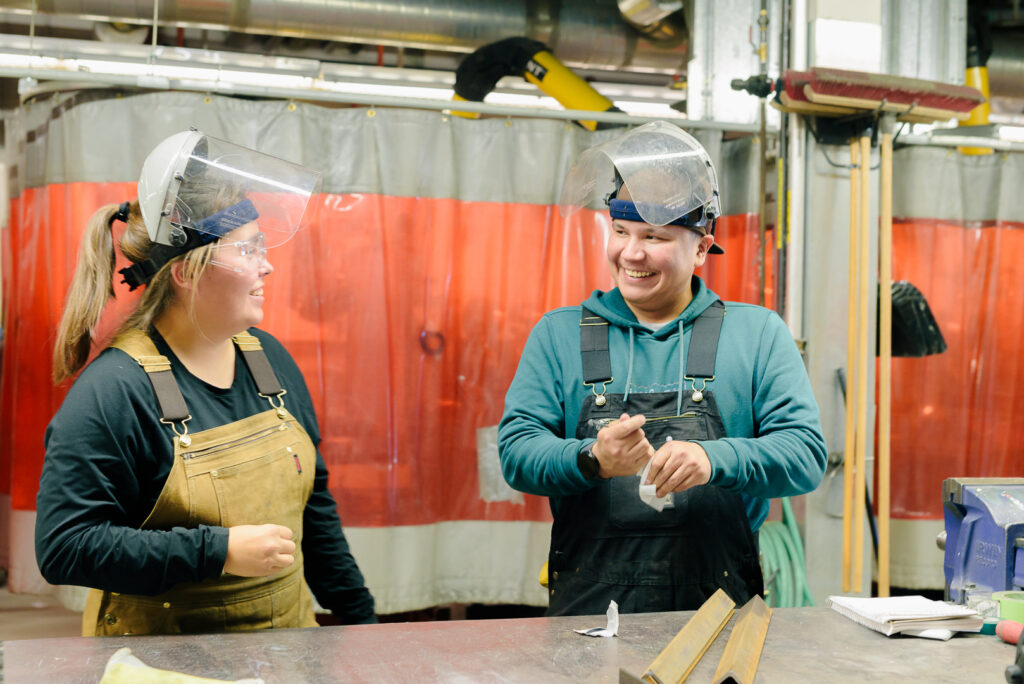
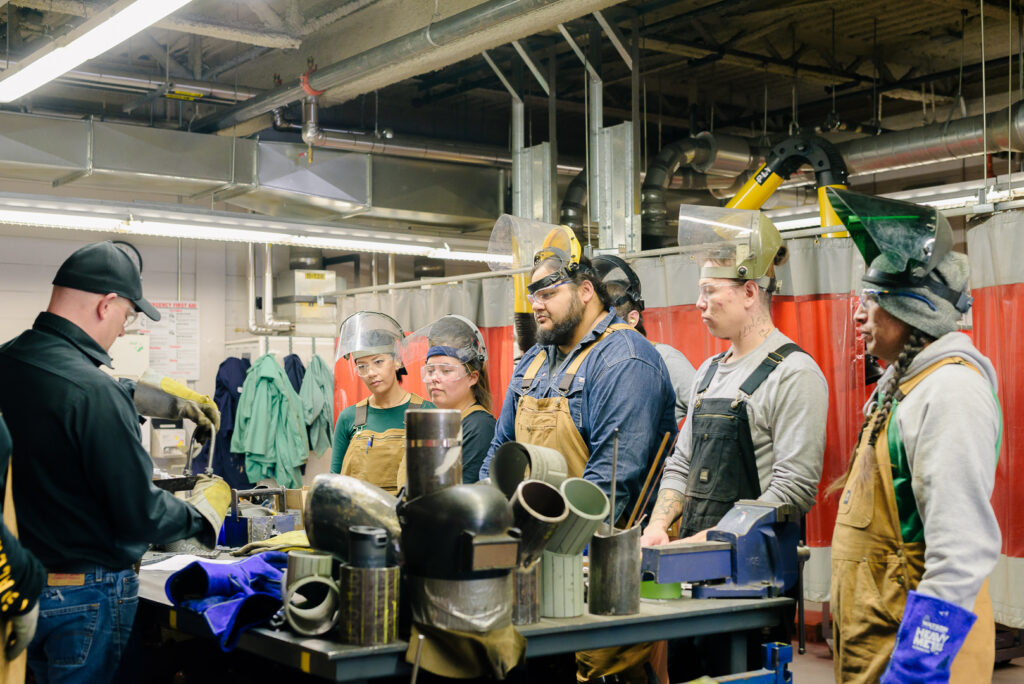

Building Eco-Smart and Tiny Homes
Recognizing the importance of sustainable building practices, Trade Winds has integrated eco-smart building into its training. Students learn net-zero building techniques as they construct homes in an indoor facility, ensuring weather isn’t an obstacle. The homes are then transported to Indigenous communities, providing sustainable housing while offering students hands-on experience.
Expanding Reach in Southern Alberta
Though funding challenges led to the closure of the Calgary office, Trade Winds remains committed to serving Southern Alberta. The organization continues to offer its Residential Construction Program in local communities on a cost-recovery basis, demonstrating its dedication to reaching as many Indigenous students as possible.
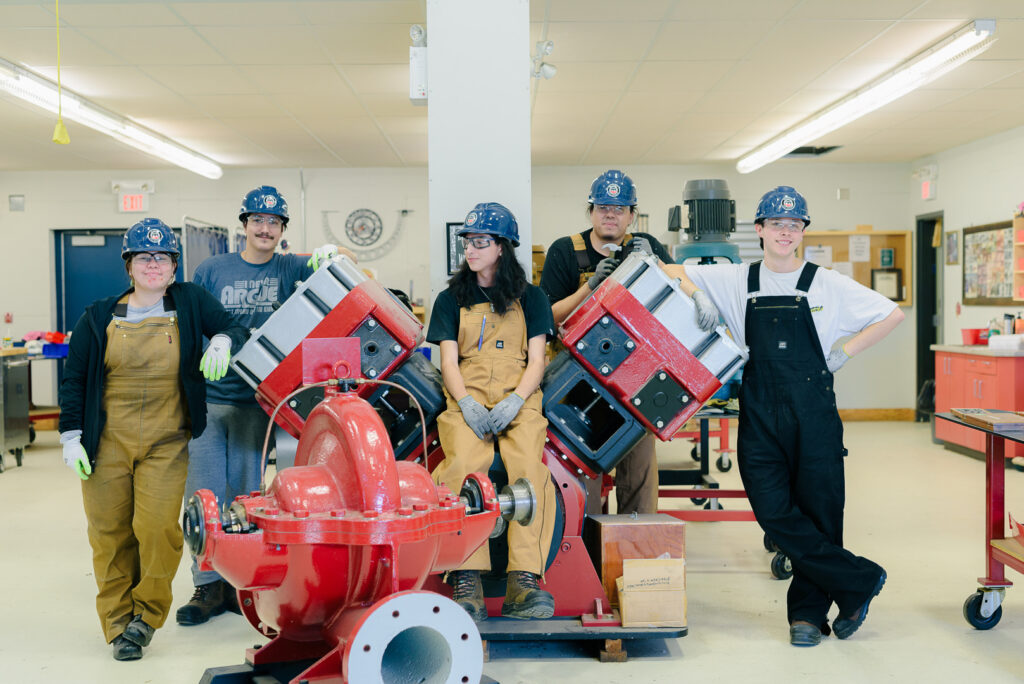
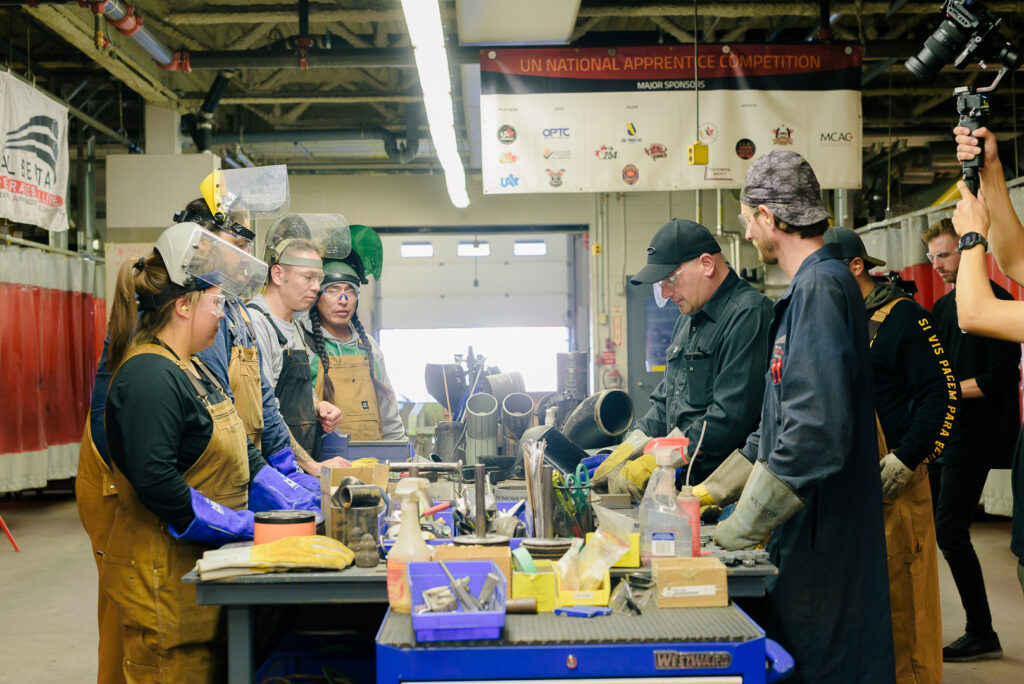
Recognizing Trade Winds Graduates
Graduates of Trade Winds to Success are well-prepared for their careers, receiving credits toward apprenticeship hours with Alberta’s Carpenters and Electricians Apprenticeship Education Programs. This recognition enhances their employability and solidifies the value of their hard-earned skills.
From its early days to the thriving training society it is today, Trade Winds to Success has empowered hundreds of Indigenous students, strengthening Alberta’s workforce and fostering economic resilience. With every graduate, Trade Winds builds not only careers but also a legacy of hope, skill, and opportunity for Indigenous communities across Alberta.